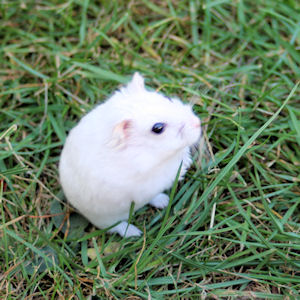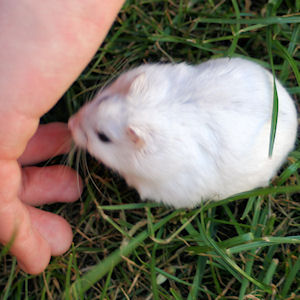Local vets have advised visitors to stop stuffing their pockets with the hamsters that are swarming over Glastonbury Tor this year.

The huge population of hamsters, known by local breeders as Somerset Stranglers because of the tendency of females to kill their babies when food runs out, has swelled since they were granted protected species status in 1974.
Hamster experts say that Somerset Stranglers were introduced to the area by Dutch tulip dealers in the seventeenth century when they found them to be a breed that could be trusted to guard valuable tulip bulbs. Because they don’t have any natural predators on Glastonbury Tor they have bred like wildfire and it was only the Somerset potato famine of 1924 that caused their numbers to dwindle.
Titania Bonham-Smythe, the Chief Gatekeeper at Glastonbury Tor explains; “When visitors walk up Glastonbury Tor and see the hamsters frolicking on the grass it is very tempting to put a couple in their pockets. But people need to remember that these are not the same friendly hamsters you find in a pet shop. They live in the wild and are not tame. They are ruthless scavengers that will quickly become savage with any human that denies them food or cotton wool for their nest.”

A leaflet is available at the National Trust gift shop explaining the dangers of Somerset Stranglers.


